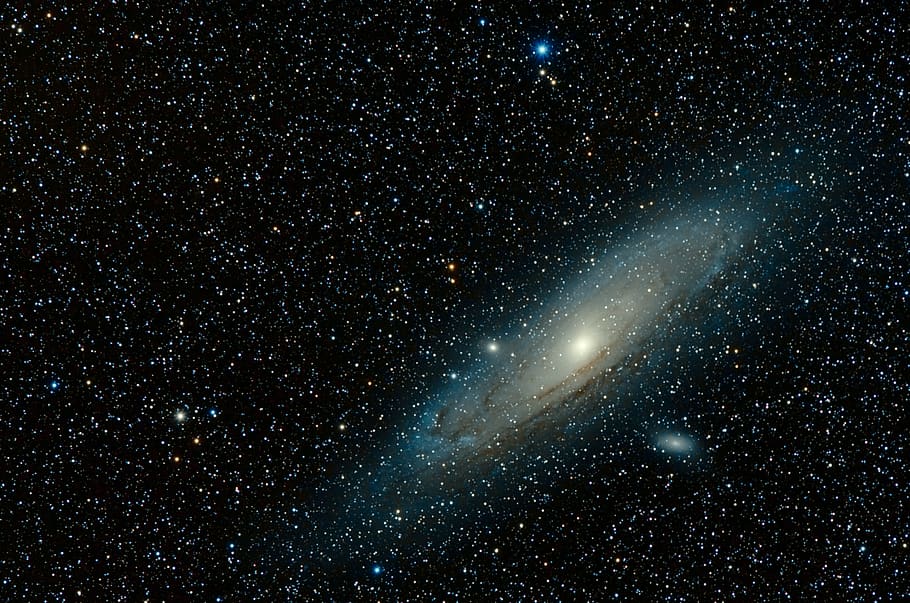Russia’s Luna 25 Mission Marks Return to the Moon, Virgin Galactic Achieves Milestone with First Fully Private Space Tourism Flight
In a busy week for space exploration, Russia has made significant strides with two missions. The first is the launch of GLONASS-K2, a fourth-generation radio navigation satellite, and the second is Roscosmos’s first mission to the Moon in over four decades, known as Luna 25. Meanwhile, SpaceX has launched multiple batches of its Starlink satellites, and China has sent an unknown payload into space. Additionally, Virgin Galactic has completed its second human spaceflight mission, Galactic 02. With these recent launches, the total number of orbital launch attempts in 2023 has reached 123.
The GLONASS-K2 satellite, developed by ISS Reshetnev, is the latest addition to Russia’s radio satellite navigation system, similar to Galileo or GPS. Weighing 1,645 kilograms, the satellite will operate in a circular orbit with an orbital period of 11 hours, 15 minutes, and 44 seconds. GLONASS-K2 is the first of 24 satellites that will form the GLONASS-K2 constellation. These satellites are expected to have a lifespan of ten years and boast several advancements, including increased power, more accurate chronometers, and additional CDMA signals. The GLONASS-K2 system follows the previous GLONASS and GLONASS-M constellations.
SpaceX has also been busy launching its Starlink satellites into low-Earth orbit. The company recently launched a batch of 15 v2 Mini satellites and another batch of 22 satellites. These launches bring the total number of missions for SpaceX in 2023 to 55. The Falcon 9 rockets used for these launches have demonstrated reusability, with one booster flying for the fifth time and another booster completing its ninth flight. SpaceX aims to complete 100 launches in 2023, building on its record-breaking 61 orbital launches in 2022.
China’s contribution to space exploration includes the successful launch of an S-Band Synthetic Aperture Radar (SAR) satellite. This satellite is part of a preliminary constellation aimed at supporting emergency management and environmental monitoring. It will provide basic data for disaster relief, land resources surveys, water conservancy, agriculture, and forestry. The launch marked the sixth mission for the Chang Zheng 2C rocket in 2023.
Virgin Galactic has achieved another milestone in commercial space tourism with its second human spaceflight mission, Galactic 02. This mission carried three private customers, including Jon Goodwin, who became the second person with Parkinson’s disease and the first Olympian to travel to space. The other two customers, Keisha Schahaff and Anastatia Mayers, made history as the first mother-daughter duo and the first space tourists from the Caribbean Islands to travel to space. Virgin Galactic plans to conduct space tourism flights on a monthly basis.
Lastly, Russia has returned to the Moon with the Luna 25 mission, the country’s first lunar exploration endeavor since 1976. Luna 25, also known as Luna-Glob-Lander, will investigate the south-polar region of the Moon, studying the composition of the lunar surface and its exosphere. Equipped with scientific instruments and a robotic arm for soil samples and drilling hardware, Luna 25 is designed to operate on the lunar surface for at least a year. This mission is part of Roscosmos’s new Moon exploration program and will be followed by future missions that include mapping the lunar surface, collecting surface samples, returning samples to Earth, and landing a heavy lunar rover.
Overall, this week’s space launches have showcased significant advancements in satellite navigation systems, commercial space tourism, and lunar exploration. With each mission pushing the boundaries of what is possible in space exploration, we can expect more exciting developments in the near future.
